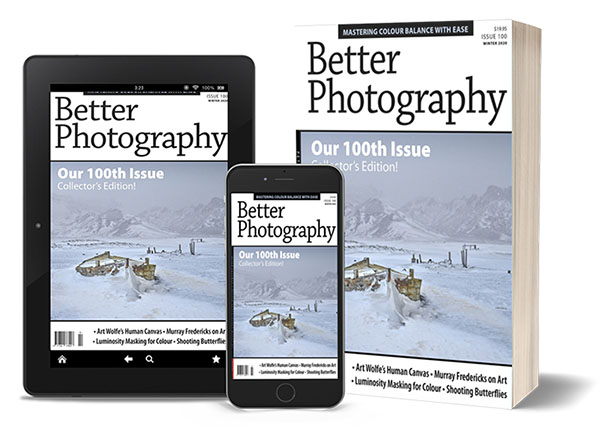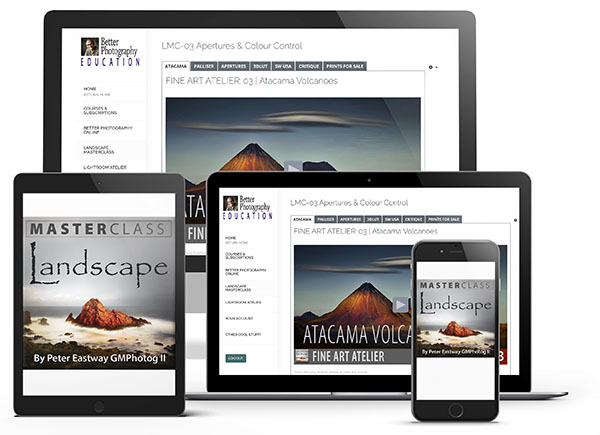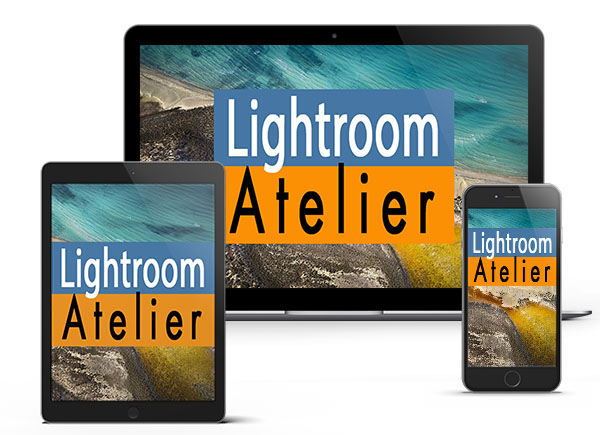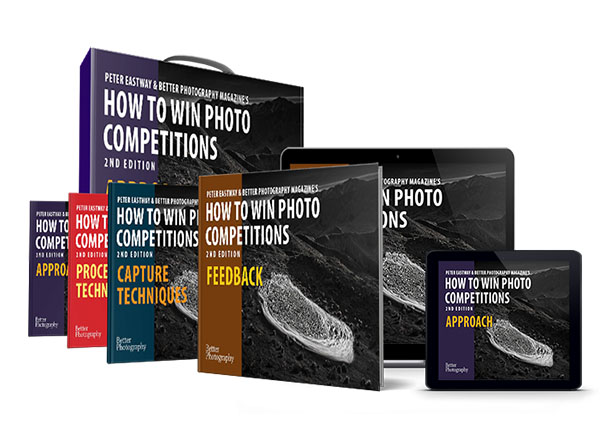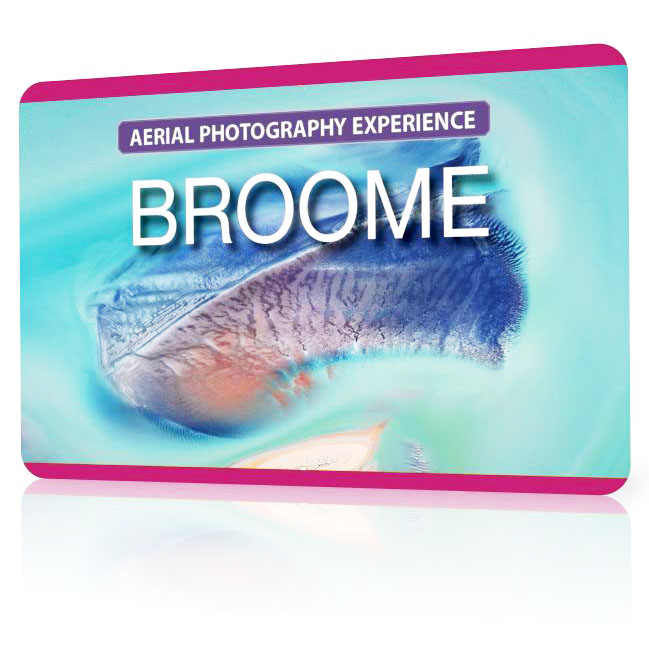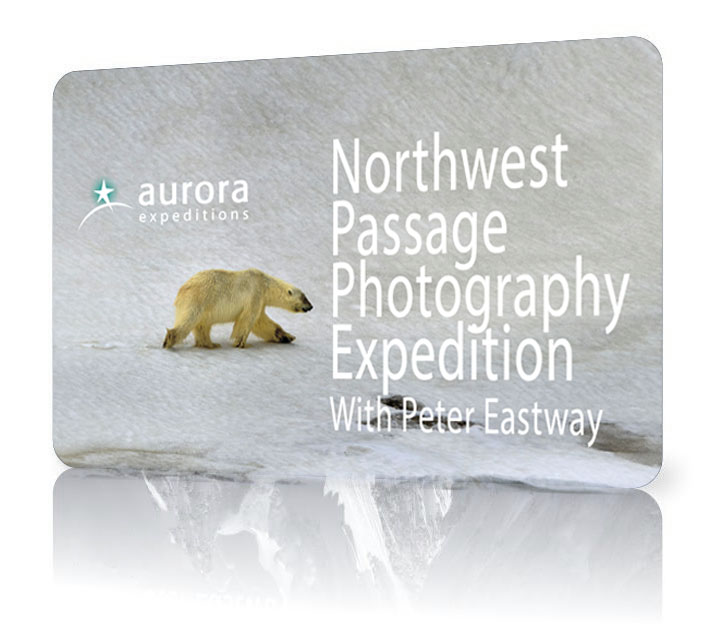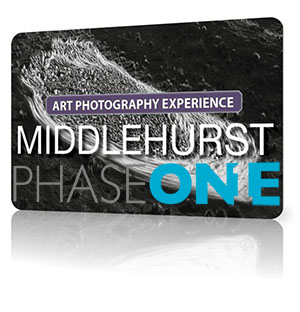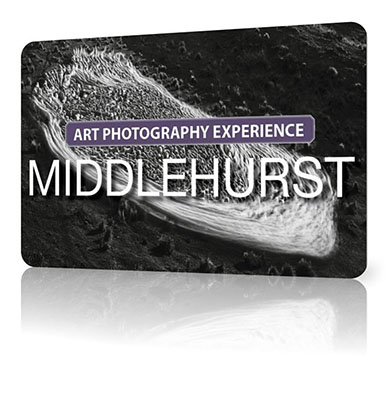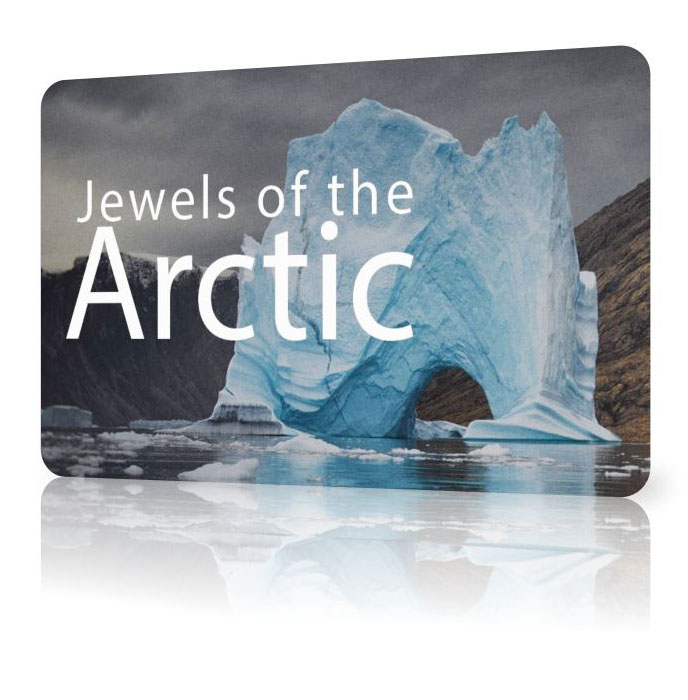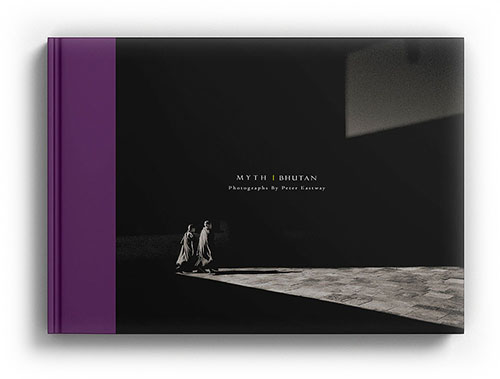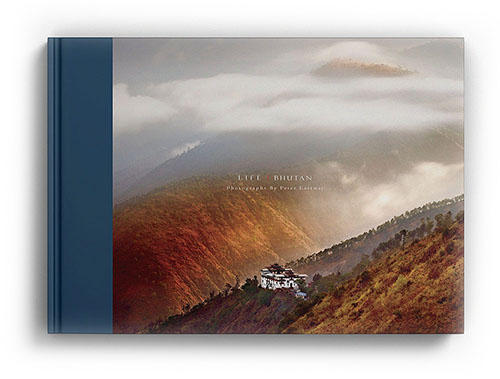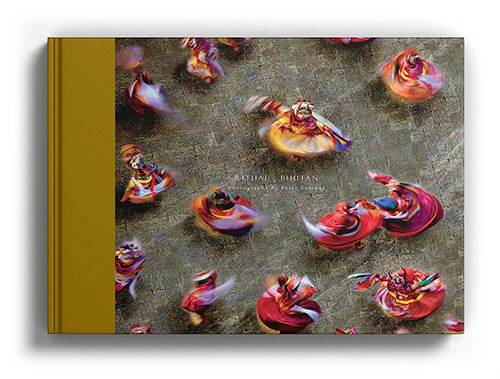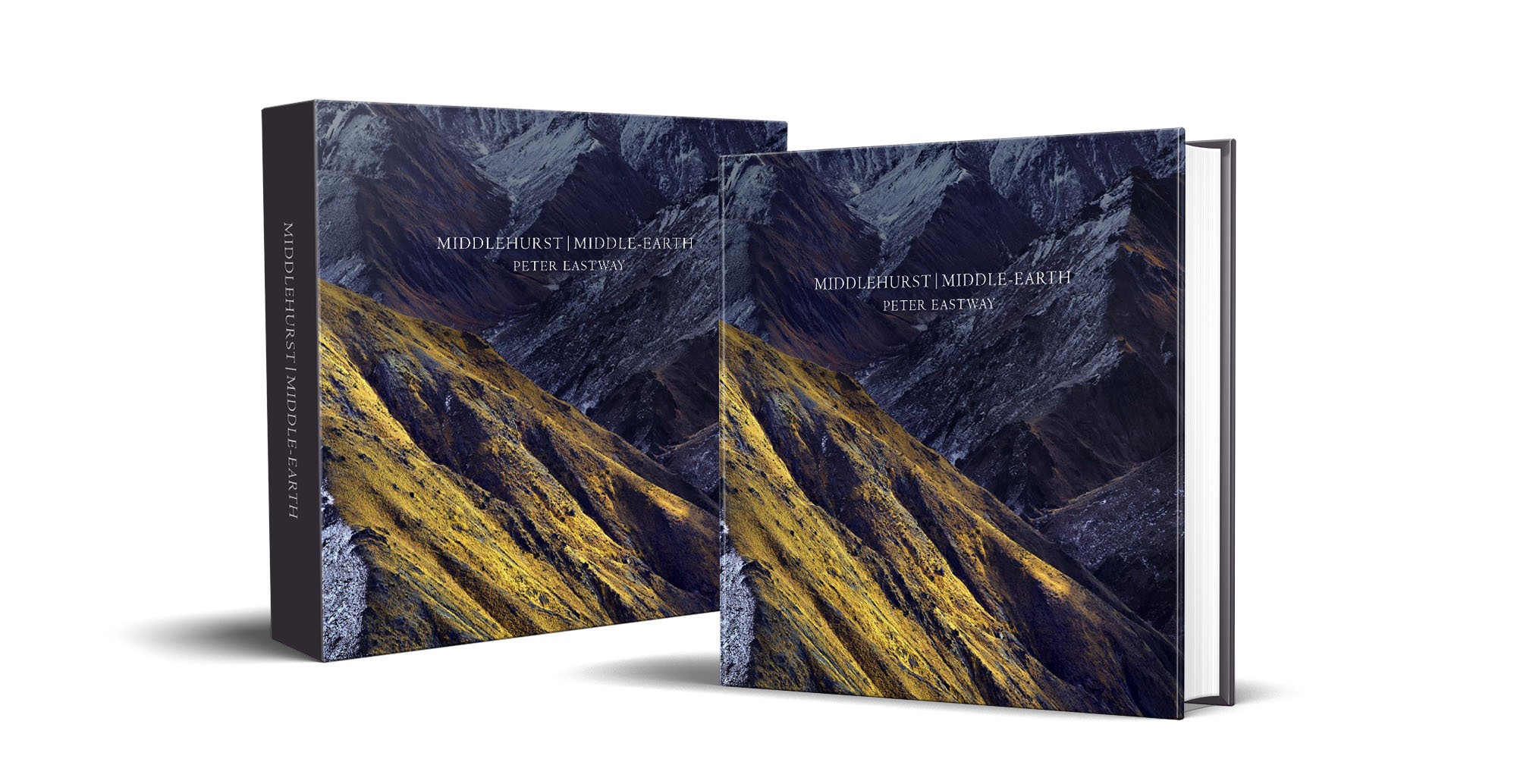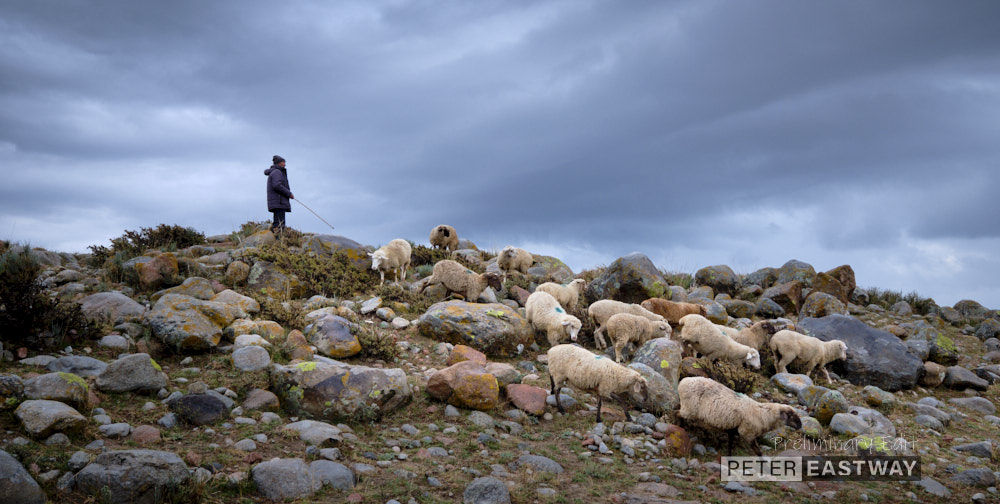Shepherd, Issyk Kul, Kyrgyzstan
Fujifilm X-H2, Fujinon XF8-16mmF2.8 R LM WR, f5.6 @ 1/125 second, ISO 160.
When travelling, we usually desire good weather, but why? Travel brochures are full of sunny days, blue sky and a few white, puffy clouds, so perhaps our expectations begin here, but after a while, this weather in all our photos becomes either repetitive or boring. Rainy days provide different opportunities. If our intention is to return from a trip with photos that make people notice, then perhaps a rainy day portrait or a landscape under stormy clouds is the way to go?
The thing I keep reminding myself is that rainy days don't necessarily rain all the time. There are intervals when the rain stops and the environment looks clean and shiny. And the periods before and after rain often have great light, but since you don't know when this is going to happen (well, not exactly, but an app like Windy gives remarkably good weather forecasts), it's best to walk out with your camera whether it's raining or not.
When travelling, I always pack both a rain jacket and rain overpants. And while modern cameras are moisture resistant, I usually remember to include a rain cover of some description for my camera (even if it's the shower cap from the last hotel room).
In terms of processing my files, I find two approaches are helpful. First, I go for less overall contrast, opening up the shadows. In heavy rain you're not going to have much contrast anyway. Second, I will push the colour saturation slider a little harder, being sure to have an appropriate white balance setting to begin with. It's true a rainy day photo might not have the crowd-pleasing impact of a late afternoon sunset, but as part of your travel narrative, they can realliy give your portfolio a lift.

